Tvaroh cheese is a traditional sweet baking ingredient in the Czech Republic and all over Central Europe. In today's recipe, I will explain what tvaroh is and how to make it quickly and easily at home!
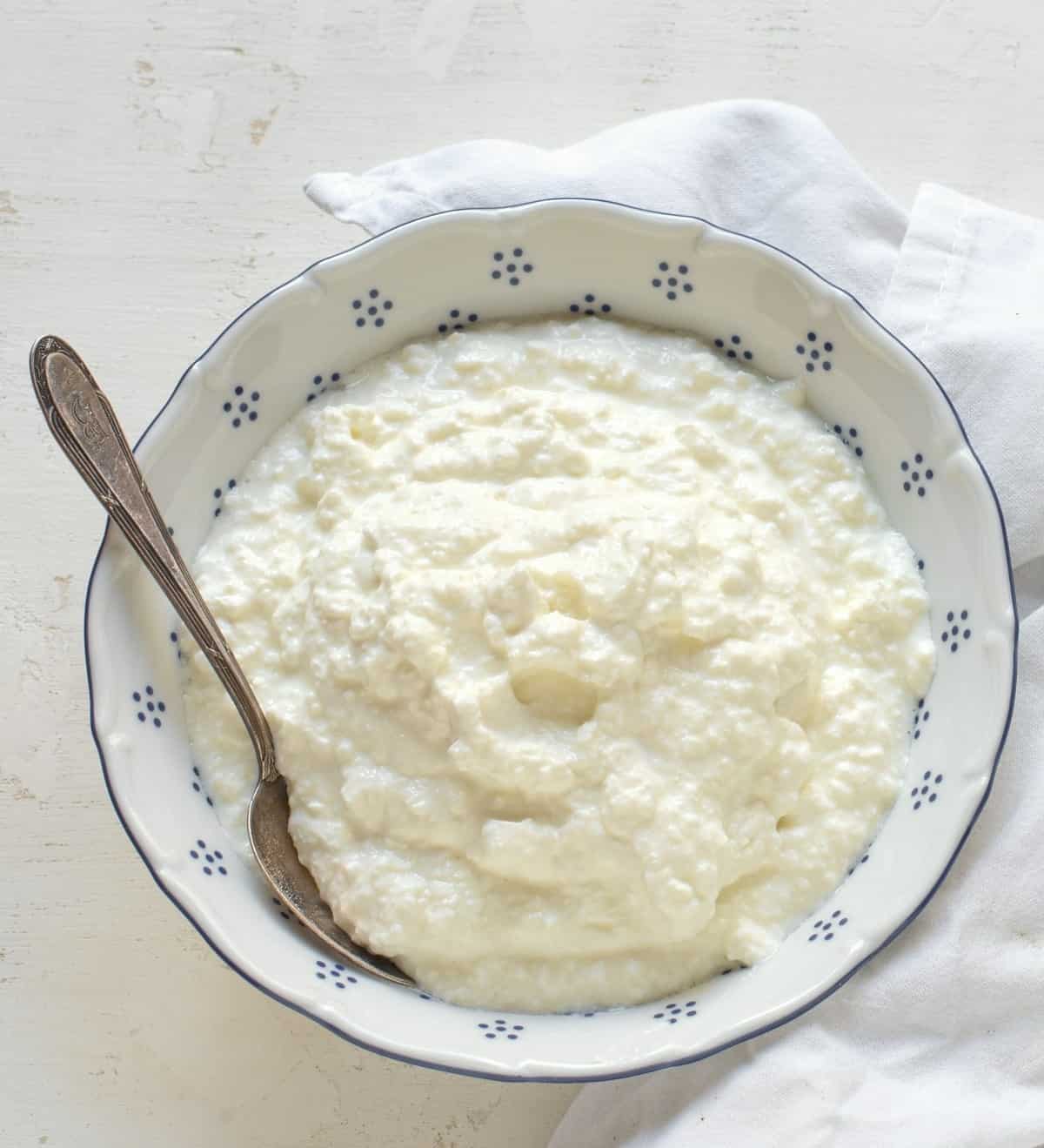
➜ What is Czech tvaroh?
Tvaroh is a Czech type of unripened curd cheese that is traditionally produced from fresh cow's milk. Tvaroh is created by fermenting milk and separating the whey from the solid components of the cheese. Finally, the curdled fresh cheese is drained through a fine cloth to get the right consistency and crumbly texture.
Making tvaroh cheese the traditional way takes about three days.
➜ Use of tvaroh cheese in the kitchen
Tvaroh is most commonly used to make kolache and sheet cake filling, as a topping for sweet dumplings, or to make cheese dough.
It's also fantastic in savory dishes. Tvaroh is frequently the key component in a variety of popular Czech spreads.
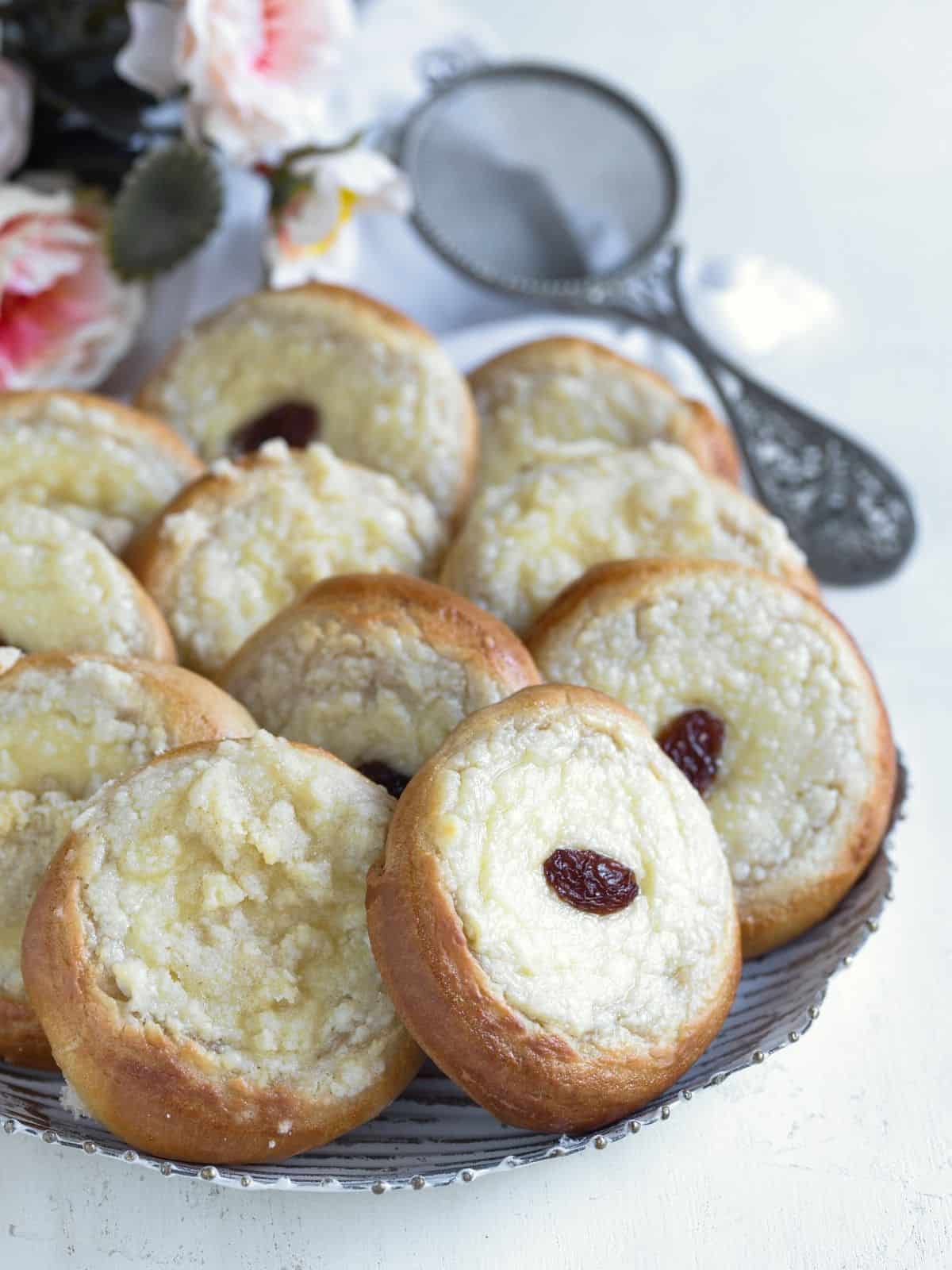
➜ Tvaroh in international cuisines
In the countries of Central and Eastern Europe, it is no problem to buy tvaroh cheese in a regular grocery store. Germans call it Quark; in Polish, it's twaróg.
But even in the US, people looking for tvaroh don't have to worry: a suitable alternative exists in the form of farmer's cheese, which can be bought in the refrigerated dairy aisle at the store.
Good news for those who can't find tvaroh in their local grocery shop: You can easily make this cheese at home, just like Czech grandmothers did back in the day!
➜ Ingredients

To make homemade tvaroh, you only need two basic ingredients:
- Fresh cow milk; I used fresh pasteurized whole milk with a fat content of 3.5%. Raw milk from a local farm is also a good choice, but I would recommend pasteurizing it at home to make sure no germs remain in the milk. After all, the milk needs to be left to ferment at room temperature for two days. Do not use long-life milk treated with the UHT method; fresh milk is imperative.
- Lemon juice; I add it to the milk to encourage souring
✅ You’ll find the exact amount of ingredients below in the recipe card, which you can also print out.
➜ Equipment
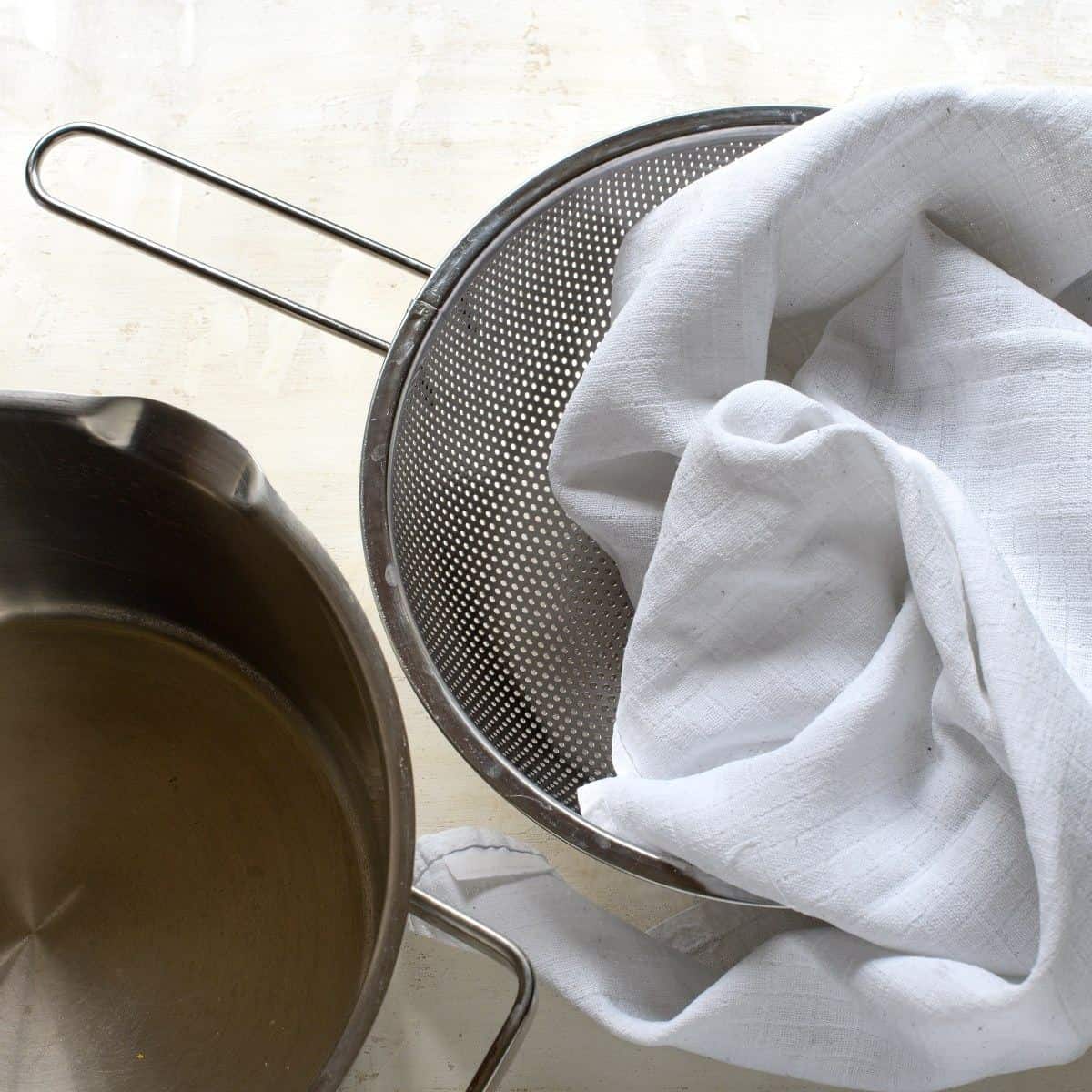
- A pot with a lid; in which the milk will ferment
- Sufficiently large sieve; it does not have to have an extra fine mesh
- Cheese cloth; or thinner cotton canvas
- A pot into which you let the whey drip
➜ Making homemade tvaroh
STEP 1: Pour the milk into a saucepan and stir in the lemon juice. Cover with a lid, leaving about 1/2 inch of space on the rim. Let stand for two days on the kitchen counter at room temperature.

STEP 2: After about two days, the solid components of the cheese separate from the whey. The solid cheese will float on the surface while the whey sinks to the bottom of the pot.
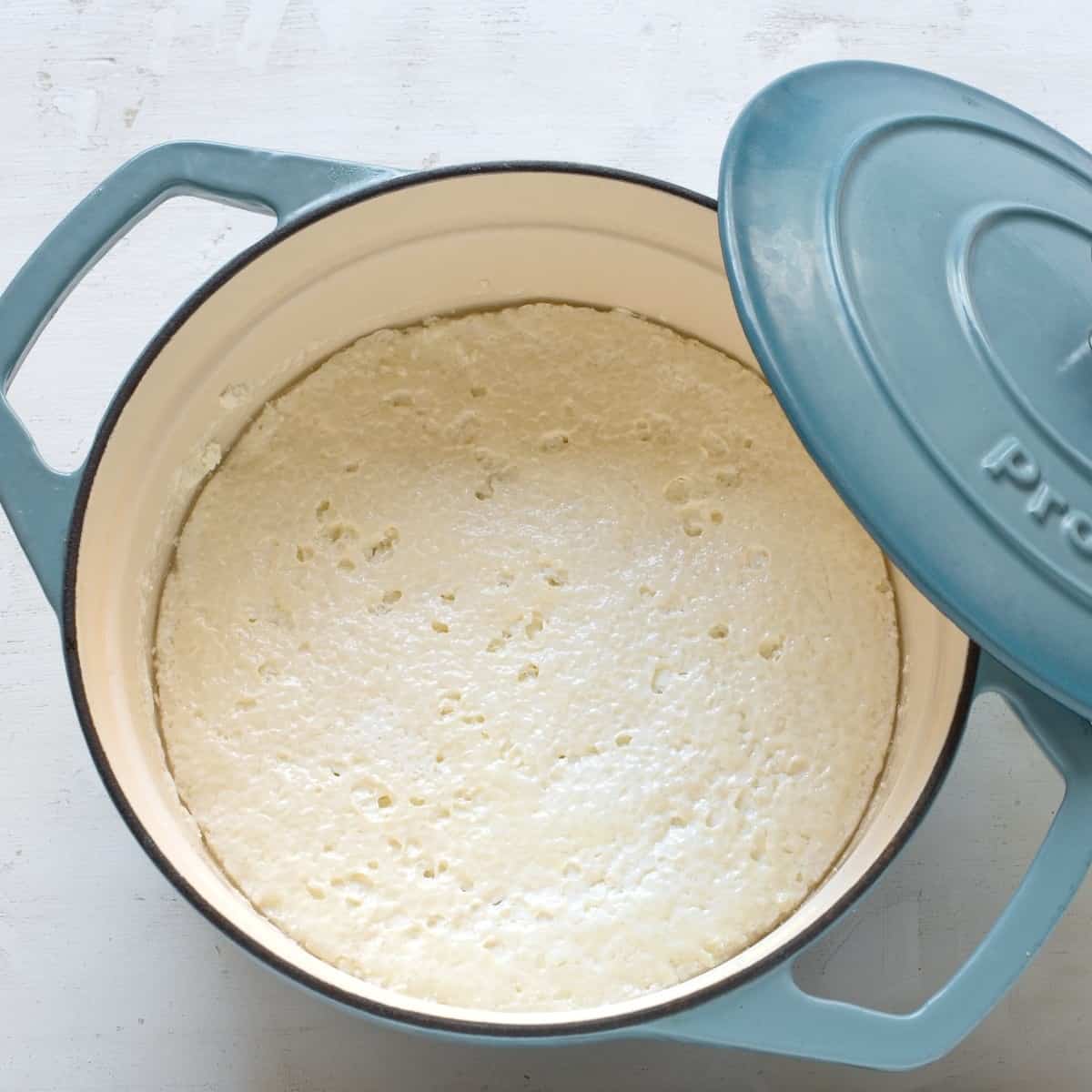
STEP 3: Now you need to separate the cheese from the liquid whey. Prepare a clean pot and put a sieve over it. Line the sieve with a fine clean cloth. Pour the curdled milk into the lined sieve and allow the whey to drain.
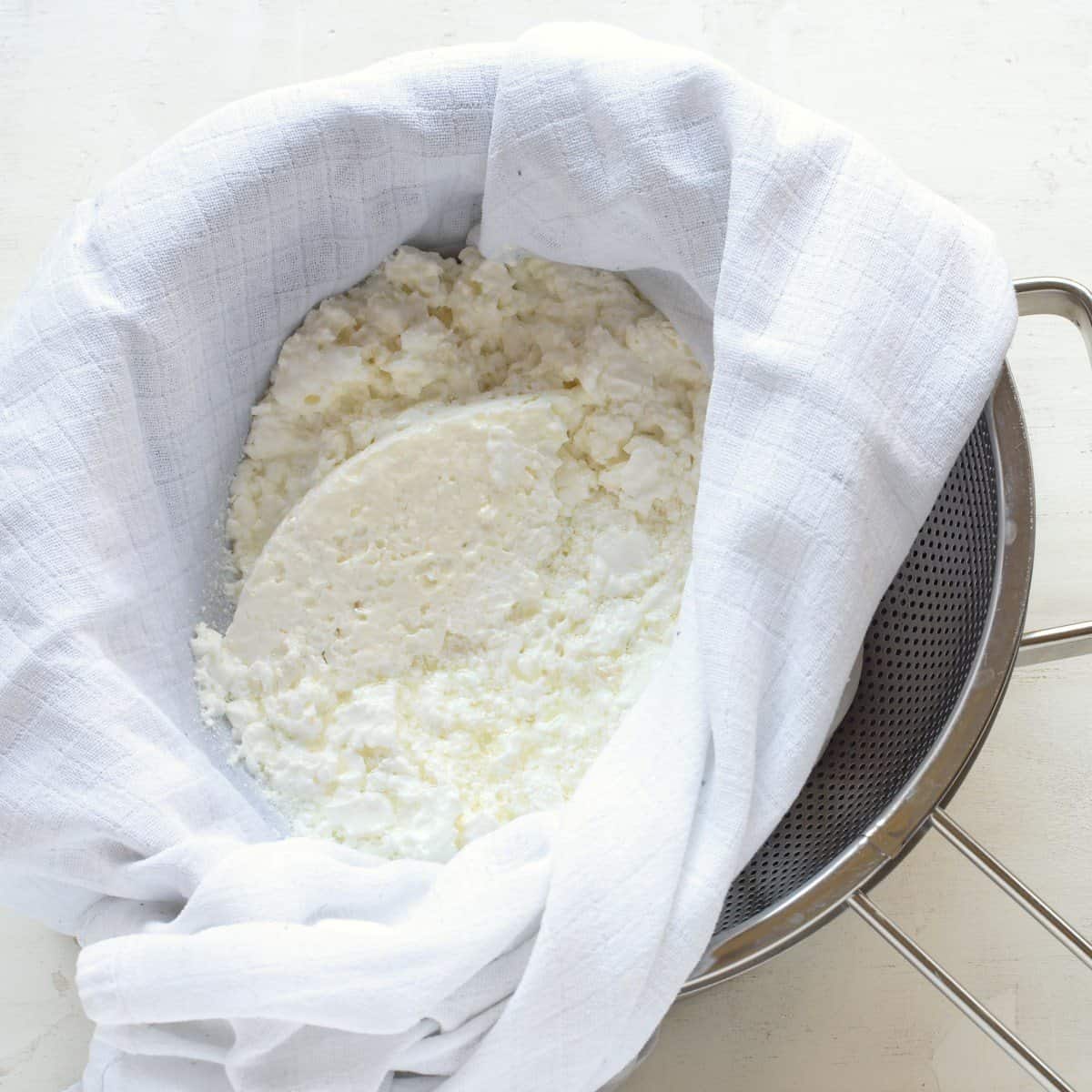
STEP 4: To make sure the tvaroh contains less liquid, twist the cheesecloth gently to get as much whey out of the cheese curds as possible. This will give you a soft tvaroh with a creamy consistency, ready to use in your recipes.
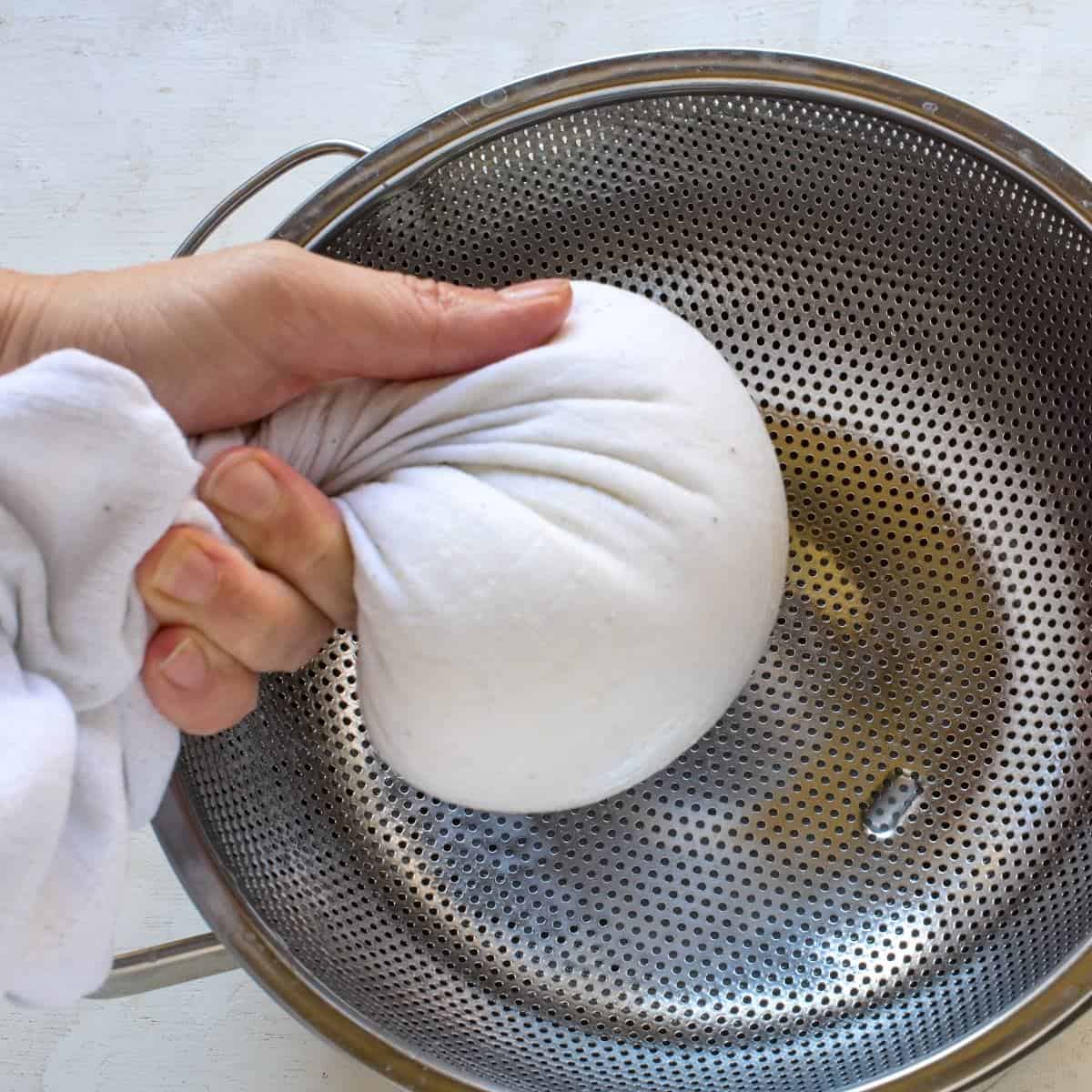
MY TIP: If you want a dryer cheese, weigh the curds down with a small pot of water, for example, and let the whey drip overnight. By the next day, the cheese will acquire a crumbly consistency with no excess whey liquid.
I know there are a lot of recipes on the internet that use fresh warmed milk with lemon juice to make farmers' cheese / Czech tvaroh. I've tried this method too, but the milk never turned sour as well as it did when I let it sit at room temperature for two days.
That is why I advocate a little patience when making homemade tvaroh cheese and recommend letting the milk sour naturally, as was the custom in the past. Although it takes two extra days, the result is guaranteed!
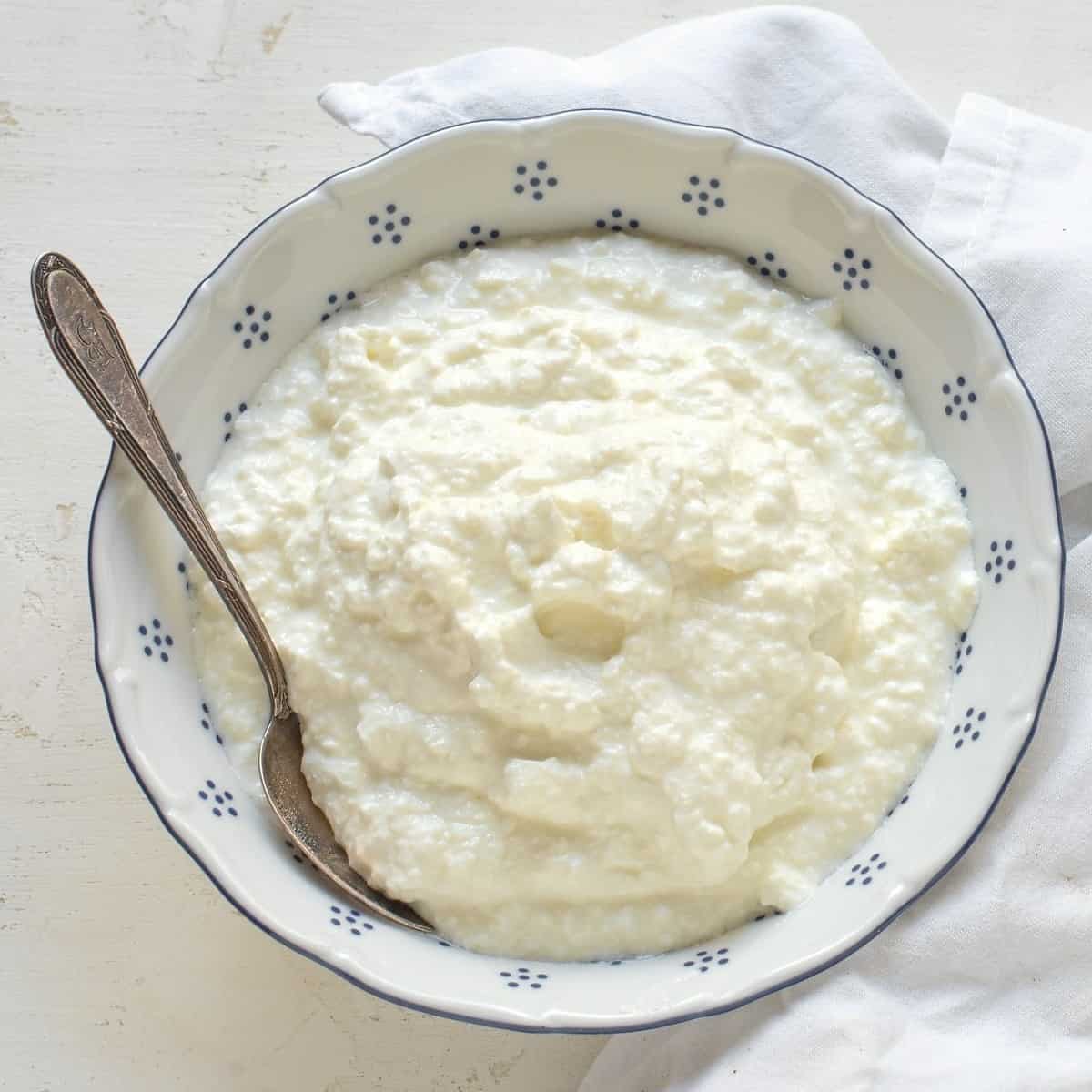
➜ Storage
Store fresh tvaroh in an airtight container in the fridge, where it will keep for up to five days.
In the old days, Czechs used to leave the tvaroh for another two days at room temperature and then use it as a base ingredient for making delicate salty cheeses. Indeed, the world-famous Czech smelly "tvarůžky" is made from aged tvaroh cheese!
Recipes using tvaroh as an ingredient
- Tvaroh filling – for kolache, buchty and other sweet pastry
- Rozhuda – Czech spread with chives
- Puff pastry with sweet cheese filling
- Farmers cheese pancakes – tvarohové placky
- Czech tied kolache – vázané koláče
➜ Useful tips
- The tvaroh cheese has a slightly sour taste and mild flavor and is suitable for both sweet and savory dishes.
- If you want the tvaroh cheese to have a milder taste, add half a cup of heavy cream to the milk before souring.
- Instead of lemon juice, add distilled white vinegar to encourage the milk to sour. Use the same amount of vinegar as the lemon juice specified in the recipe. Another way to boost the fermentation of fresh cow's milk is to add a cup of buttermilk to it.
Tried this recipe?
Leave a review down in the comments! ⭐⭐⭐⭐⭐
Follow me on Facebook and Pinterest. Subscribe to my newsletter. Send me any question about Czech cuisine to my e-mail. I love hearing your feedback!
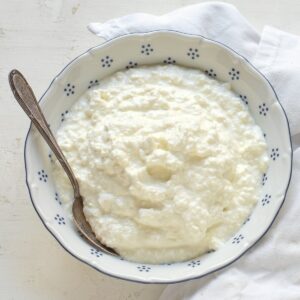
Homemade Czech Tvaroh Cheese
Ingredients
- ¼ gallon fresh cow whole milk (1 liter)
- 1 Tablespoon lemon juice fresh
Instructions
- Pour the milk into a saucepan and stir in the lemon juice. Cover with a lid, leaving about ½ inch of space on the rim. Let stand for two days on the kitchen counter at room temperature.
- After about two days, the solid components of the cheese separate from the whey. The solid cheese will float on the surface while the whey sinks to the bottom of the pot.
- Now you need to separate the cheese from the liquid whey. Prepare a clean pot and put a sieve over it. Line the sieve with a fine clean cloth. Pour the curdled milk into the lined sieve and allow the whey to drain.
- To make sure the tvaroh contains less liquid, twist the cheesecloth gently to get as much whey out of the cheese curds as possible. This will give you a soft tvaroh with a creamy consistency, ready to use in your recipes.
Notes
- Makes about 1 pound (450 g) of tvaroh cheese.
- If you want a dryer cheese, weigh the curds down with a small pot of water, for example, and let the whey drip overnight. By the next day, the cheese will acquire a crumbly consistency with no excess whey liquid.
- STORAGE: Store fresh tvaroh in an airtight container in the fridge, where it will keep for up to five days.
- If you want the tvaroh cheese to have a milder taste, add half a cup of heavy cream to the milk before souring.
- Instead of lemon juice, add distilled white vinegar to encourage the milk to sour. Another way to boost the fermentation of fresh cow's milk is to add a cup of buttermilk to it.
DISCLAIMER: Because I come from Central Europe, my recipes are based on metric units such as grams or milliliters. Check out how I convert metric units to the U.S. system:
Conversion chart

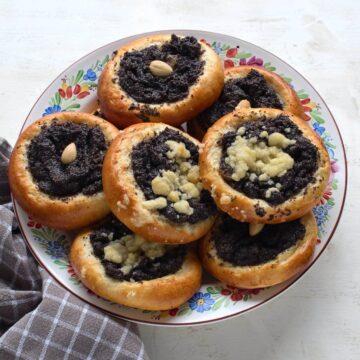
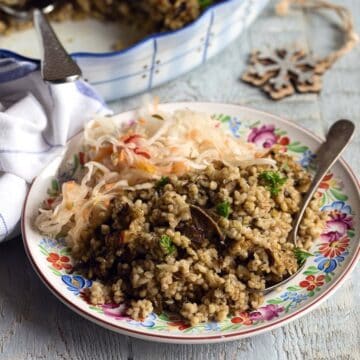
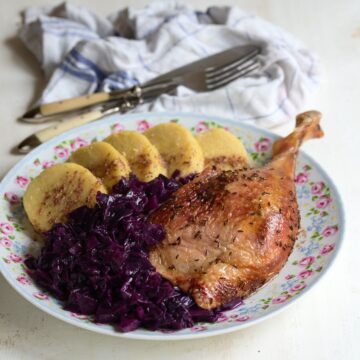

Cindy
How much of the lemon juice for 1 l milk.
we just came back from CK and want to make this
greating from Belgium
Anicka Cooklikeczechs.com
Hello Cindy - for 1 liter of milk, you should use 1 tablespoon of lemon juice. Hope this helps!
Greetings form the Czech republic 🙂
Kim Hruba
Thank you! I let mine sit out for 3 days (got busy) and it worked great! My favorite part of the tutorial was seeing the kind of cloth you used because that is exactly what I have! 🙂
Anicka Cooklikeczechs.com
Thank you so much for your comment, Kim. I am happy to hear that the tvaroh worked out well. I appreciate this 🙂
Monika
Hi, I followed the instructions and after 48 hours nothing happened. It was liquid milk. I used whole milk (3.25%) and fresh lemon. Any idea what I did wrong?
Jason
Hey, Monika, just wanting to know if you figured anything out?... Did your cheese ever turn out? Was thinking about trying this out...
Parrish
This is very similar to making homemade ricotta cheese. The technique is so much a part of many cheeses - Cotija, Ricotta, Creme Fraiche, etc. It feels like such an accomplishment when you make this yourself. And now I know how to make a Czech cheese! Petra, you have one of the best food sites out there. I always feel your warmth coming through your words. Thank you for all of your hard work.
Petra Kupská
Aww, thank you so much for your nice words, Parrish!
Anicka Cooklikeczechs.com
Thank you so much for your comment and kind words - I really appreciate them!
Valerie B.
Once this is made, I would assume you could store it in the refrigerator. How long would it generally keep and is it good until it grows mold? Thanks for sharing so many traditional Czech recipes. I have some Czech cookbooks, but they have no photos or even detailed directions. My Grandma died when I was fairly young and my mother Americanized the names. The photos really help me identify the foods I loved!